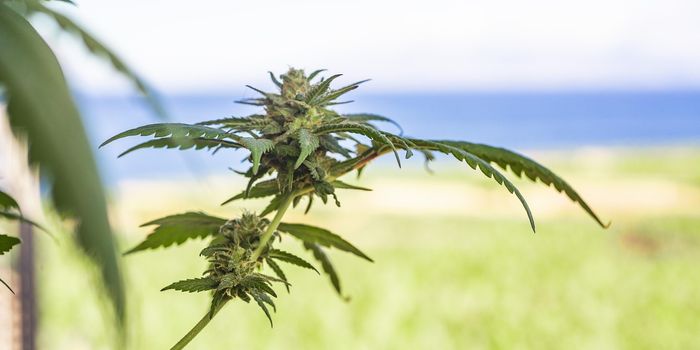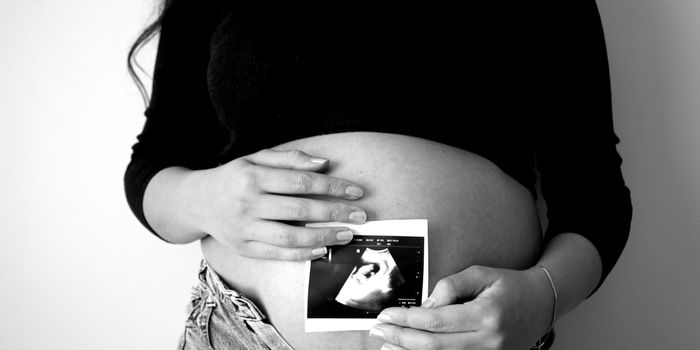SEC is a chromatographic technique that separates various analytes in a sample based on their hydrodynamic radius. It is commonly used for biologics to detect aggregates or degradants under native conditions. Unlike other chromatographic techniques (e.g., IEX, RPLC), SEC does not involve binding and elution. Instead, analytes continuously traverse the column, moving in and out of the pores until they reach the detector. In ideal conditions, both the system's surface chemistry and the column should be inert to the analytes, ensuring that every injected analyte particle is detected. Thus, SEC can be used as a highly accurate quantitative method or as a purity method to separate analytes based on their hydrodynamic radius. In simple terms, the elution order is determined by each analyte's unique hydrodynamic radius, which affects the time spent traversing the pores in the column. The total exclusion and inclusion volumes indicate the workable range of the column, representing the hydrodynamic sizes that are completely excluded from or included in the pores. Any peaks or analytes appearing after the total inclusion volume suggest potential interactions with the system or column. It is crucial to elute these peaks and analytes before the next sample analysis as they determine the minimum run time of the method.
The newer generation of SEC columns, featuring hydrophilic surface chemistry and improved shielding of the base silica surface, generally function well with buffers composed of 10 to 150 mM phosphate buffers (e.g. sodium or potassium phosphates) and 0 to 500 mM salt (e.g. sodium chloride). This implies that most biological samples can be analyzed using the formulation buffer determined to be the most stable through orthogonal or complementary techniques. Additionally, sample dilution can be easily performed without concerns of sample degradation during analysis or while stored in the LC vial. However, it's important to note that while the stability of the analyte is crucial in SEC, the stability of the column's stationary phase also plays a role. In many cases, the operational limits of SEC columns are lower than those of the LC system. For instance, the Biozen dSEC-7 column from Phenomenex, designed for large biologics, has operational ranges of pH 2.5-7.5 and a maximum operating pressure of 450 bar. Most LC systems operate within a pressure range of 85 bar to 240 bar, depending on factors such as column dimensions, flow rate, diameter of capillaries, and detectors in the flow path. This pressure allows for the use of PEEK fittings and most HPLC pumps and autosamplers as they often support operating pressures up to 300 bar. UHPLC systems can also be utilized to achieve greater accuracy, precision, and resolution. While the column is designed to be stable up to 50°C, for native SEC methods it is commonly held at 30°C to mitigate any temperature-induced chemical interactions that might arise from variability in laboratory temperatures that typically range from 18-27°C.
The design specifications, verified operational limits, and performance of the Biozen dSEC-7 column were initially assessed using familiar analytes (e.g. IgM, Thyroglobulin, BSA, Myoglobin, and Uridine) to study various serotypes of AAV under 1x PBS conditions. For AAV serotypes 3, 5, 8, and 9, resolving them from other hydrodynamic impurities (including aggregates) and achieving on-column recoveries was relatively straightforward. However, AAV2 and AAV6 presented more challenges. AAV2 sometimes resulted in a cloudy solution upon thawing, while AAV6 did not exhibit cloudiness but eluted outside the expected retention time window based on its approximate hydrodynamic radius. Further investigation revealed that AAV2 and AAV6 contain unique domains or patches that may cause them to adhere to the column. A literature review suggested that higher salt content might be required and it was found that some manufacturers add 100 mM sodium citrate to AAV2 formulations. After testing various buffer compositions, including the addition of alcohols, the preferred method for most serotypes was found to be 1.8x PBS with 0.001% Pluronics F-68. Increasing the salt content from 150 mM to >200 mM resulted in unexpected yet drastic improvements in the recovery of certain AAV serotypes. Several flow rates and sample dilutions were also tested to assess the robustness, reproducibility, and unbiased detection of analytes in AAV samples. Evaluation of the quantitative data revealed that the dSEC-7 column could detect small but reproducible differences between serotypes (refer to Figure 1 below for an overlay of the fastest eluting serotype versus the slowest eluting serotype). Small retention time differences (∆RT) were also observed between empty and full AAVs.
Figure 1. An example SEC chromatogram on dSEC-7 to show the different retention times for AAV1, AAV3 and AAV5. The retention time %RSDs are <0.05% for n = 15.
The combination of highly reproducible and accurate recovery of AAVs and impurities from various serotypes using the Biozen dSEC-7 SEC method allowed for further investigations into the stability of AAVs in response to temperature and various solvents used in manufacturing or formulation studies. As the technique can easily detect 5% quantitative differences, SEC proved to be a powerful tool for monitoring changes in the AAV monomer (see Figure 2 for an example of a degradation study showing an increase in larger hydrodynamic species concurrent with a decrease in the AAV monomer). During stability studies the production of degradation products and impurities was reproducible, leading to the exploration of various detection methods. UV (e.g., 230, 260, 280 nm) and fluorescence (e.g. ex. 280, em. 340 nm), as well as MALS or RI, were incorporated into the method to enhance identification capabilities. Fluorescence was chosen as the primary detection method for some applications due to its high sensitivity, while UV, MALS, and RI were used primarily for identification purposes. The 700 Å pore size of the Biozen dSEC-7 column proved to be highly suitable for all tested AAV serotypes, offering superior resolution of monomer from larger species when compared to a 450 Å pore size column. Its 3 µm particle size also provided higher separation efficiency than a 750 Å pore size 5 µm column.
Figure 2 Effect of increasing organics on AAV monomer and hydrodynamically larger impurities.
In conclusion, Size Exclusion Chromatography (SEC) is a valuable technique for characterizing AAVs and analyzing their stability and impurities. By utilizing a SEC methodology with the novel 700 Å Biozen dSEC-7 column, accurate separation and detection of AAV serotypes can be achieved, even in the presence of more challenging serotypes such as AAV2 and AAV6. The ability to detect small differences in retention time and quantify changes in the AAV monomer species provides valuable insights into the behavior of viral vectors throughout development. Moreover, the use of SEC, coupled with various detection modalities such as UV, fluorescence, MALS, and RI, enhances the identification and characterization of degradation products and impurities. With its reproducibility, robustness, and high-resolution capabilities, SEC proves to be an invaluable tool for the analysis and quality control of AAVs in research, manufacturing, and formulation studies.
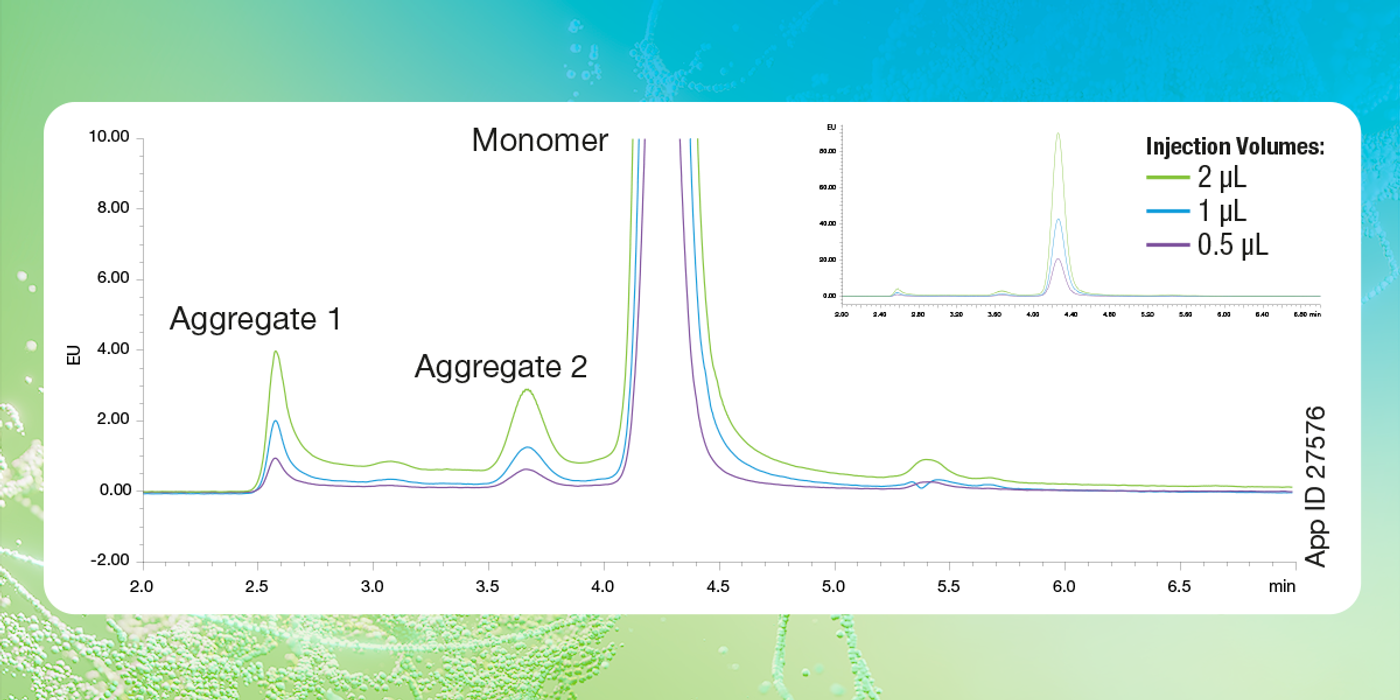
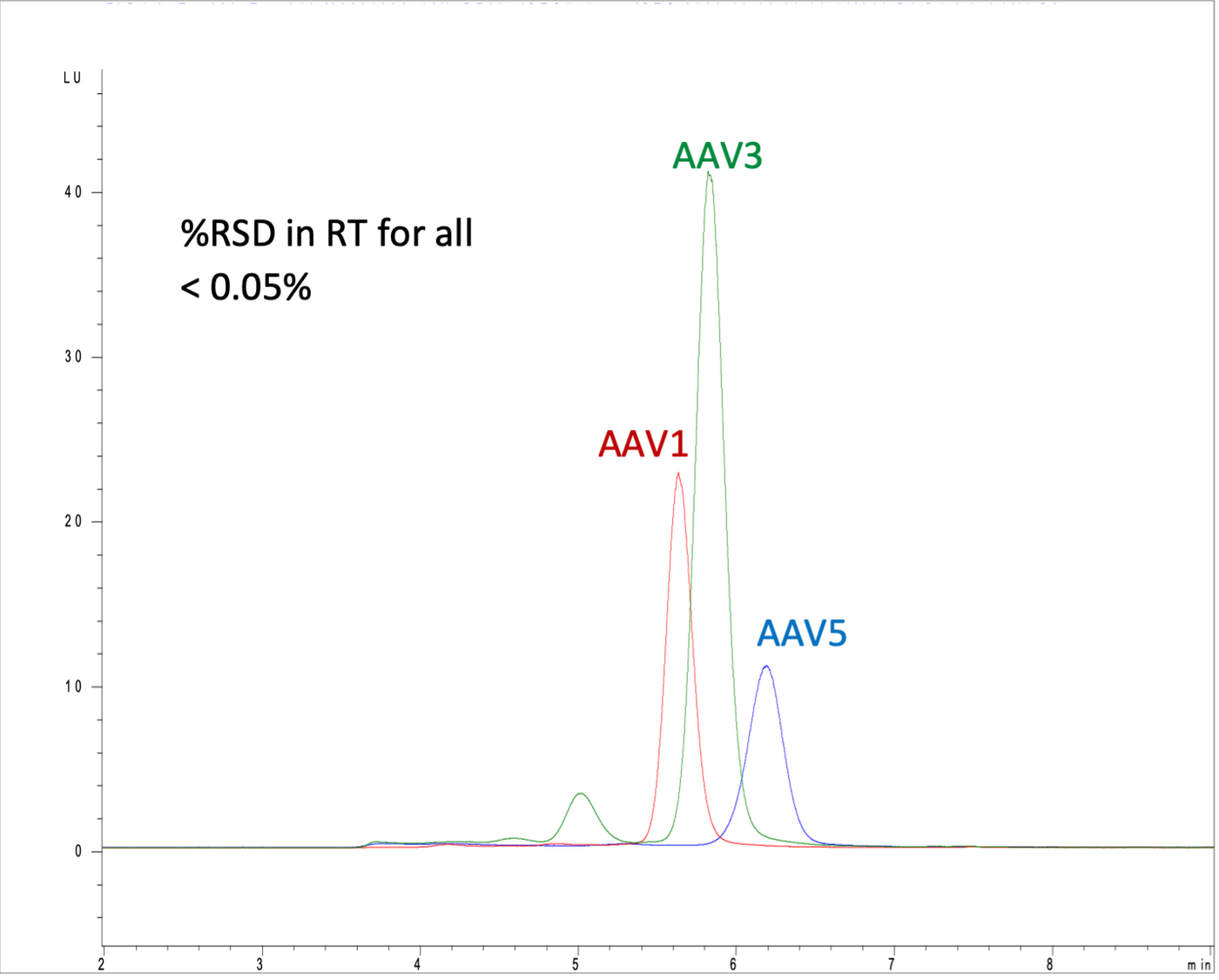
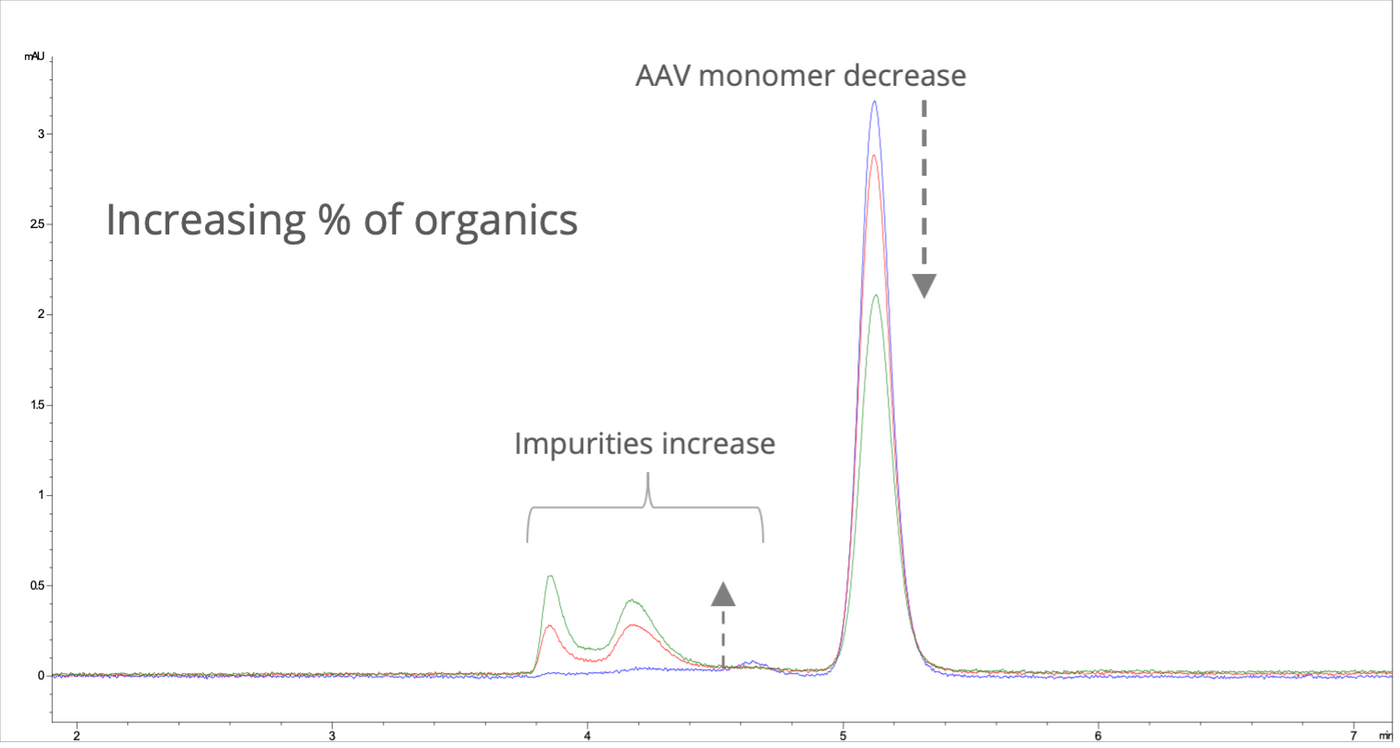




![Master Lab Weighing: Accuracy, Compliance & Audits [eBook]](https://d3bkbkx82g74b8.cloudfront.net/eyJidWNrZXQiOiJsYWJyb290cy1pbWFnZXMiLCJrZXkiOiJjb250ZW50X2FydGljbGVfcHJvZmlsZV9pbWFnZV85MWRmZmRjMDIwNDBlMWJjMzYwN2ZiYWY2ZjI4ZGMzYzBmZGMwZGMyXzkxOTcucG5nIiwiZWRpdHMiOnsidG9Gb3JtYXQiOiJqcGciLCJyZXNpemUiOnsid2lkdGgiOjcwMCwiaGVpZ2h0IjozNTAsImZpdCI6ImNvdmVyIiwicG9zaXRpb24iOiJjZW50ZXIiLCJiYWNrZ3JvdW5kIjoiI2ZmZiJ9LCJmbGF0dGVuIjp7ImJhY2tncm91bmQiOiIjZmZmIn19fQ==)
